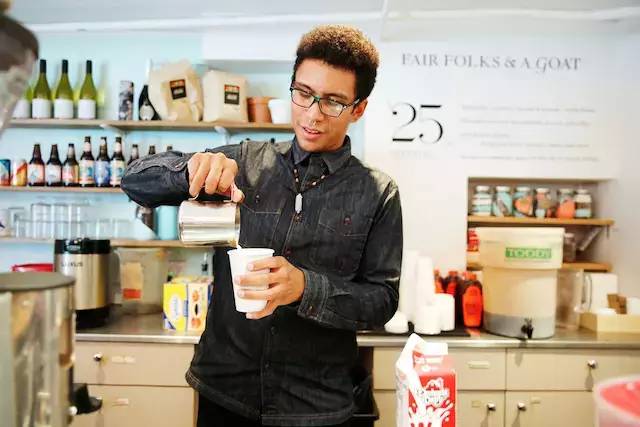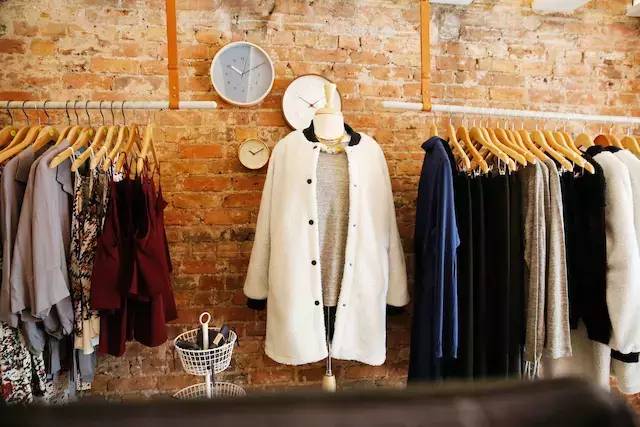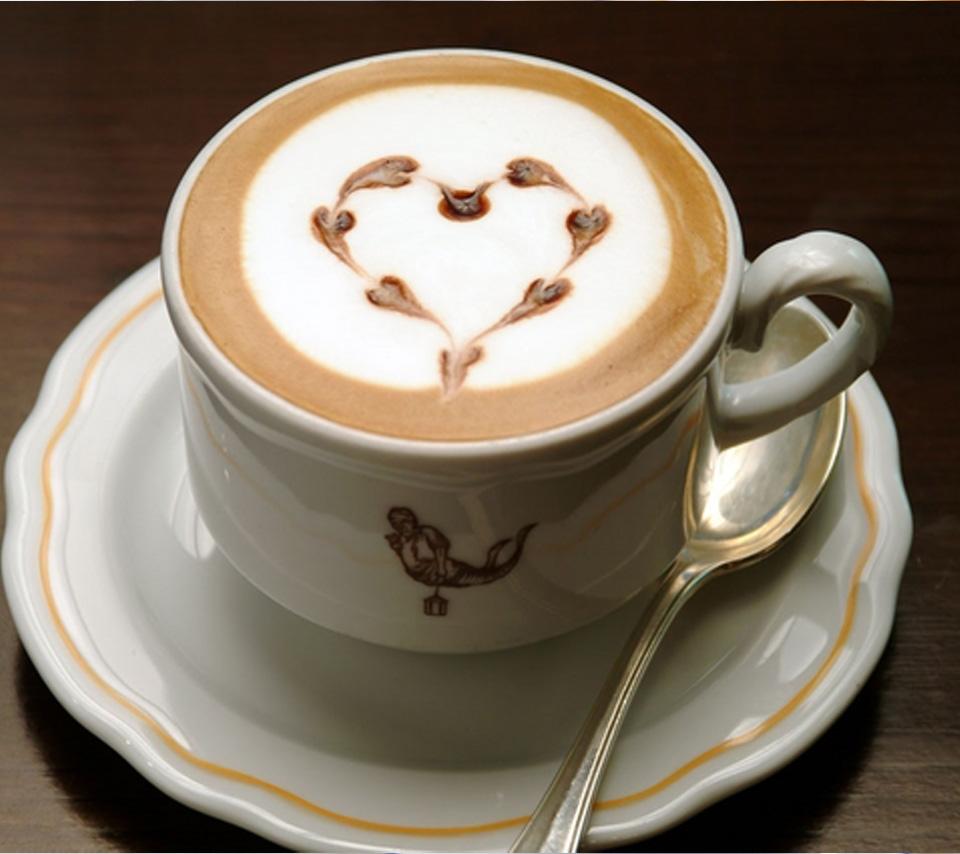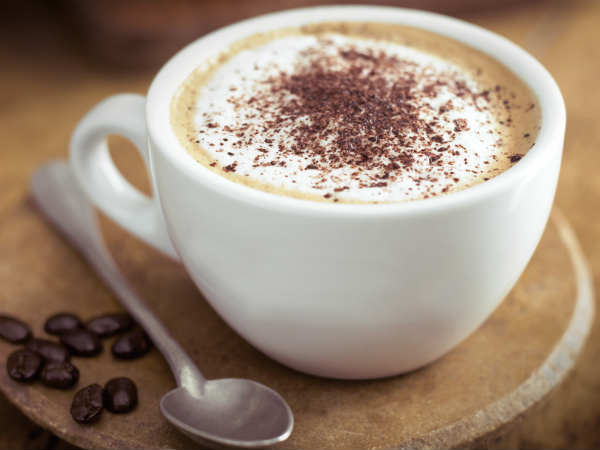Coffee shop profit model: coffee shop also starts monthly consumption
Follow the caf é (Wechat official account vdailycom) and found that Beautiful Cafe opened a small shop of its own.
We've all heard of a monthly gym, but have you ever heard of a monthly cafe?
Fair Folks & a Goat, a coffee shop in the United States, is such a monthly cafe that once people become their members, they can drink all kinds of drinks for free.
Monthly fee?
Twenty-five dollars.
How exactly does it do it?
[1]
A $25 monthly cafe
In the fall of 2012, Fair Folks & a Goat Cafe opened in the basement of an Englishman on Houston Street in Greenwich Village, USA.
This is a membership cafe where you can drink unlimited amounts of coffee, tea, lattes, espresso and lemonade for only $25 a month.
With this monthly model, the cafe quickly attracted a lot of members--
Employees of Apple, students and professors at New York University, programmers for startups, pop musicians, emergency doctors, scholars translating Chinese. People from all walks of life are willing to come here for a cup of coffee and chat.
Ryan Egan, a 26-year-old musician, explains the attraction here.

"there's no hurry here," he said. "it doesn't have the New York-style hustle and bustle of going in and out. I will set aside 10 minutes to come here on my way to and from work, during which I will meet and find something special and new people that can surprise me every day at Fair Folks. "
Like Ryan, Eugene Thompson, a 20-year-old freshman at New York University, said: "it feels more like a frequent place than just a cafe."
Fair Folks & a Goat Cafe has a variety of activities, from cocktail parties, concerts to movie nights, where members meet new people and have a good time.
Each event always attracts a lot of people to become members, and according to the cafe, their monthly membership is about 1000.
[2]
Not only sells coffee, but also a boutique.
25 dollars a month, you can drink unlimited, no matter how you look at it, you will lose money. Are you sure you won't go out of business?
This cafe certainly has its own secret--
While offering monthly drinks, they also sell works of art, clothes, home designs, beer and wine.

Examples include $29 handmade Colombian beaded necklaces, $368 gummed cotton raincoats, $45 knitted caps with reflective thread, and $68 colorful watercolors made in San Francisco.
A monthly fee of $25 per person alone is not profitable, but with the sale of all kinds of fine clothes and works of art, it is possible to make a profit.
In other words, the cafe is actually a shop under the name of a coffee shop, attracting frequent patrons with monthly drinks and activities for $25 a month.
The longer people stay here, the more likely they are to buy something else in the store, and the cafe will constantly adjust its products to attract members to donate generously based on their understanding of their tastes and needs.
[3]
Psychological game: the bet is that you won't come every day!
Do cafes have to lose a lot of money when they offer coffee drinks at a monthly price of $25?
Not necessarily.
First of all, the raw material cost of each cup of drink is actually not high. Caumen's article introduced the 8-yuan and 10-yuan cabbage-priced coffee operated in the bustling business circle. The reason why it is so cheap is that, taking into account the cost of raw materials alone, the cost of a cup of coffee is about 3.6 yuan. These low-cost coffee can be profitable if you sell a certain amount of coffee.
If calculated according to 3.6 yuan per cup of coffee, 25 US dollars per month, or almost 166 yuan, in terms of the cost of raw materials, each member will drink about 46 cups of coffee a month, and the coffee shop will only lose money on drinks.
Drinks such as lemonade may cost even less.
There is an interesting psychological game behind this monthly model, that is, betting members can't come every day.
Just like we bought a gym membership card, the average cost of a year is not much every day, but in fact, most people can't go there every day.
The same is true of this monthly cafe, where many members can't come every day because of overtime, business trips, dates, and so on.
We can assume that, overall, the monthly fee of $25 a month for members can cover the cost of drinks they consume.
Many people will say that this may be the case for the cost of drinks, but coffee shops also have rent, labor, electricity and other costs.
Don't forget that coffee shops also sell all kinds of clothes and handicrafts.
If members' membership dues can solve the cost of their drinks, leaving aside the drinks, it is equivalent to a clothing arts and crafts store with more than 1000 very loyal members every month.
Fair Folks & a Goat Cafe's speculation on consumer psychology is also reflected in one small detail: it sells beer and wine as well as clothes and works of art.
In theory, this is ridiculous, because there is an unlimited supply of coffee, tea and lemonade in the store, so how can anyone spend money on wine?
But there are bound to be people who spend money on alcohol, not only to satisfy their cravings for alcohol, but also to show that they are different.
If you can do it with a paid glass of beer or wine, why not
[conclusion]
Fair Folks & a Goat, a $25-a-month cafe, attracts a large number of loyal and satisfied members with monthly drinks and a wide range of activities, and makes a profit by selling a variety of art, clothes, home designs, beer and wine.
They bet that members can't stay in cafes every day, and that their selected products are favored by members and donate generously--
Judging from the fact that they later opened another store on East 11th Street in New York, they won the bet.
[related reading]
The Market orientation of Coffee Shop
We believe that market positioning is one of the important factors for the survival and development of coffee shops. Therefore, for the positioning of the coffee shop, it is far from enough to master its positioning process. If you want to make a reasonable positioning for your ideal coffee shop correctly and reasonably, you must have a certain strategy, which is the same as the strategy in the war. Specifically, the positioning of coffee shops can adopt the following strategies.
(1) avoid strong position.
Strategy means that enterprises try to avoid direct competition with other enterprises with the strongest or stronger strength, and position their own products in another market region, so that their own products are significantly different from their strongest or stronger competitors in some characteristics or attributes.
Avoid strong positioning strategy can enable enterprises to quickly gain a firm foothold in the market, and can establish an image among consumers or users, with low risk. At the same time, avoiding strength often means that the enterprise must give up a certain best market position, which is likely to make the enterprise in the worst market position.
(2) head-on positioning.
Strategy means that according to their own strength, in order to occupy a better market position, enterprises do not hesitate to compete head-on with the dominant, strongest or stronger competitors in the market, so as to make their products enter the same market position as their competitors.
The process of competition is often quite eye-catching, and even produce the so-called sensational effect, enterprises and their products can be quickly understood by consumers or users, easy to achieve the purpose of establishing a market image, but also has a greater risk.
(3) Innovation orientation.
Innovation positioning strategy means that enterprises look for new positions that have not been occupied but have potential market demand, and produce products with certain characteristics that are not available in the market in order to fill the gaps in the market. Products such as Sony's Walkman filled the gap in the market for mini-electronics. Through continuous innovation, Sony has developed rapidly and become a world-class multinational company. When adopting this positioning method, the company should make clear whether the products needed for innovation positioning are technically and economically feasible, whether they have sufficient market capacity, and whether they can bring reasonable and sustainable profits for the company.
(4) repositioning.
The repositioning strategy means that after selecting the market positioning target, the company encounters the problem of inaccurate positioning or although it begins to position properly, but the market situation changes (if the competitor's positioning is close to our company, encroach on part of the company's market, or for some reason, the preferences of consumers or users change. Transfer to competitors), repositioning should be considered. Repositioning is a retreat-oriented strategy, the purpose is to implement a more effective positioning. For example, when Marlboro cigarettes first entered the market, it was aimed at women, and its iRO No. 7 was as mild as the weather in May. However, although the number of smokers in the United States was on the rise year after year, Marlboro's sales remained flat. Later, advertising master Leo Boehner did advertising planning for it. He repositioned Marlboro as a man's cigarette and associated it with the most masculine cowboy image, creating an image of Marlboro's freedom, wildness and adventure, which stood out from many cigarette brands. Since the mid-1980s to the present, Marlboro has ranked first in the sales of all brands of cigarettes in the world and has become the leading brand in the global cigarette market.
Market positioning is to design the company's products and image so that the company can clearly differentiate from its competitors in the target market. Companies in the market positioning, should be cautious, through repeated comparison and investigation and research to find the most reasonable breakthrough, to avoid positioning confusion, positioning is too wide or positioning is too narrow. Once an ideal position has been established, the company must maintain this position through consistent performance and communication, and should be constantly monitored to adapt to changes in the strategies of target customers and competitors.
Important Notice :
前街咖啡 FrontStreet Coffee has moved to new addredd:
FrontStreet Coffee Address: 315,Donghua East Road,GuangZhou
Tel:020 38364473
- Prev

The way of coffee shop management, the management model of Chinese coffee shop
With the expansion of the coffee shop market, many people want to open a coffee shop, so what are the business models of Chinese coffee shops? At present, there are roughly four business models of coffee shops in China: 1. Traditional coffee shop operation: it is the most common business form in China at present, and the main demand is to create a comfortable and comfortable situation. so that consumers can enjoy a leisurely meal or
- Next

Tips for running cafes and doubling profits during holidays
Following Cafe (Wechat official account vdailycom) found that when Beautiful Cafe opened a small shop of its own, all kinds of beverage shops emerged one after another, and it takes a lot of painstaking efforts to stand out from the strong competitors. 1. Product strategy the variety of drinks must keep up with the trend, develop more new drinks, the taste of drinks should be good, and only good drinks will be pursued by consumers.
Related
- What documents do you need to go through to open a coffee shop? coffee shop coffee shop certificate processing process
- How to purchase Coffee beans in small Cafe how to choose a suitable supplier for domestic Coffee supply Company
- How to drink Starbucks Fragrance White Coffee? how to make Australian White Coffee? what Italian coffee beans are recommended?
- The Story of Flora Coffee: the name of Flora Coffee Bean and the implication of the Flowers on Florna Coffee
- How much does a cup of coffee cost? How much is the profit of a cup of coffee? What is the profit of the coffee shop in a year?
- Yunnan small Coffee, known as "fragrant Coffee", introduces the characteristics of Alpine Arabica Coffee producing areas in Yunnan, China
- 2023 latest Starbucks full menu price list how much is a cup of Starbucks coffee what is better to drink the most popular hot and cold drinks recommended
- Starbucks different kinds of Coffee Price list Starbucks menu 2023 Top Ten Best drinks in Starbucks
- Starbucks Spring praise Comprehensive matching Coffee Bean theme Story Packaging implication and taste description
- The cost of a cup of coffee latte American coffee cost price and selling price

